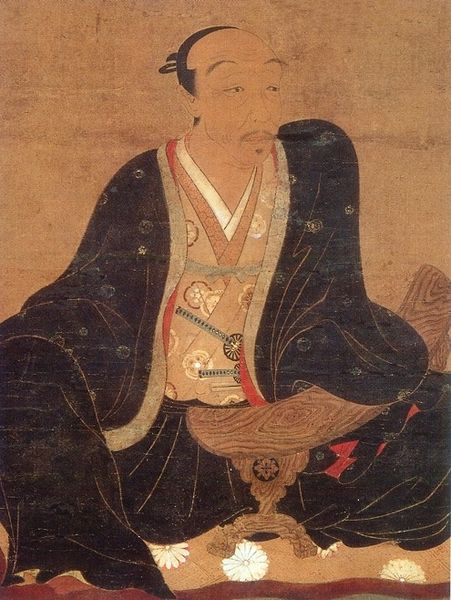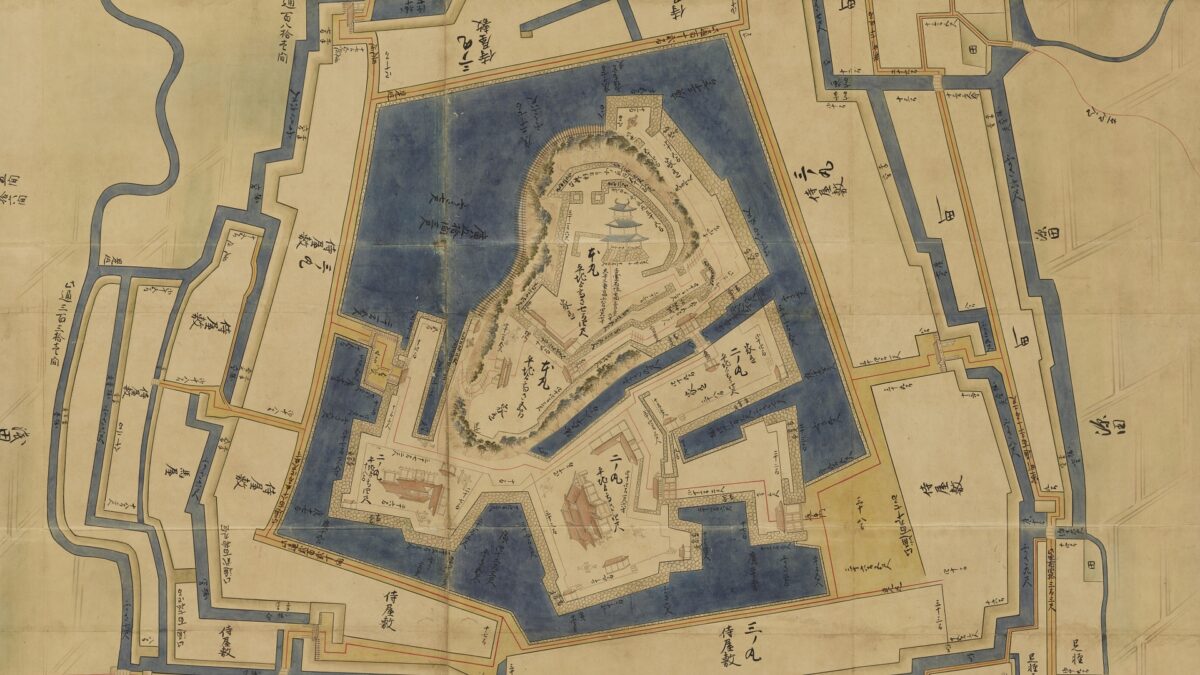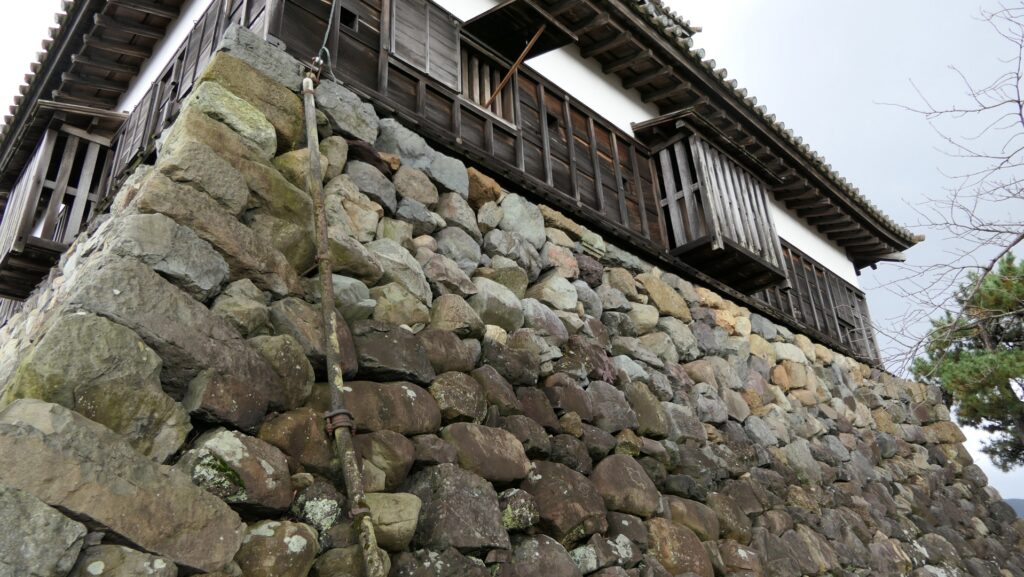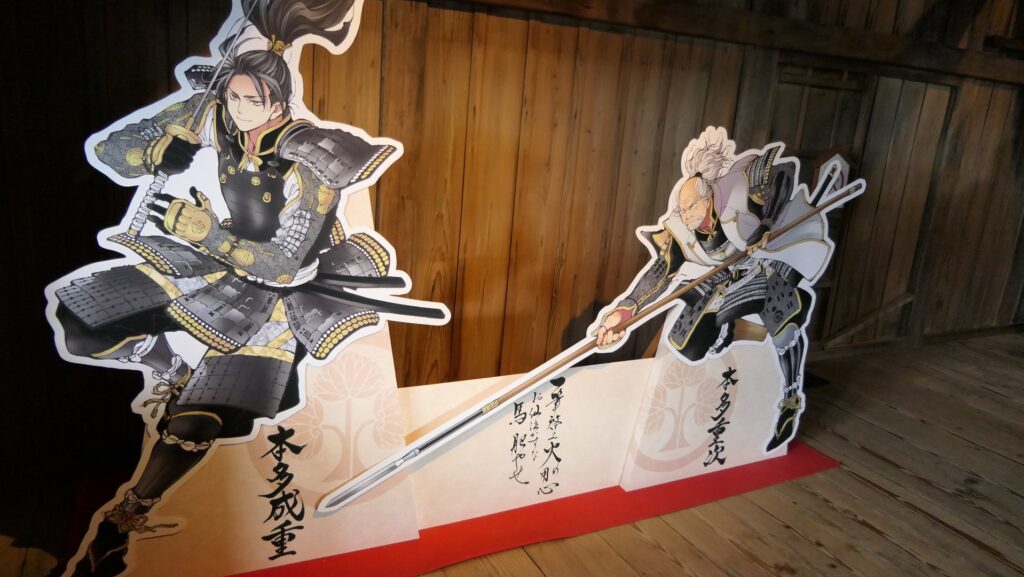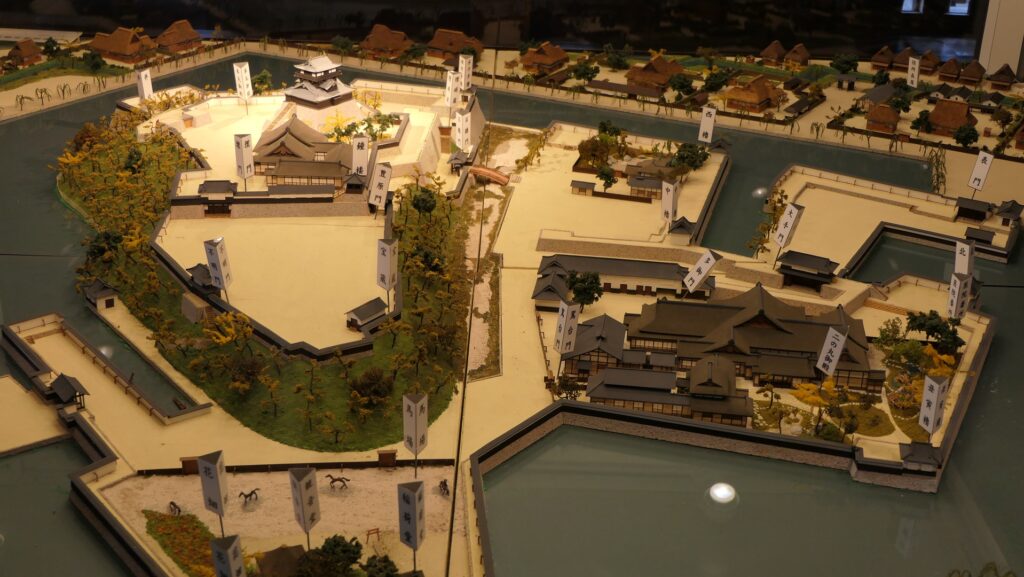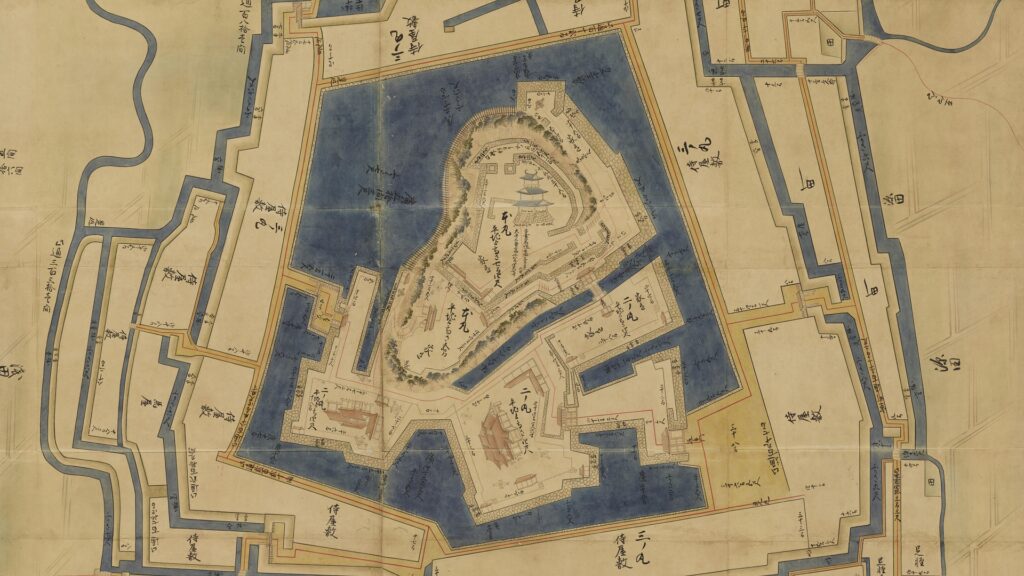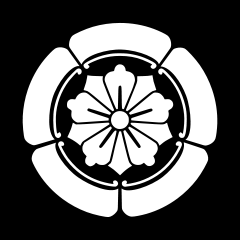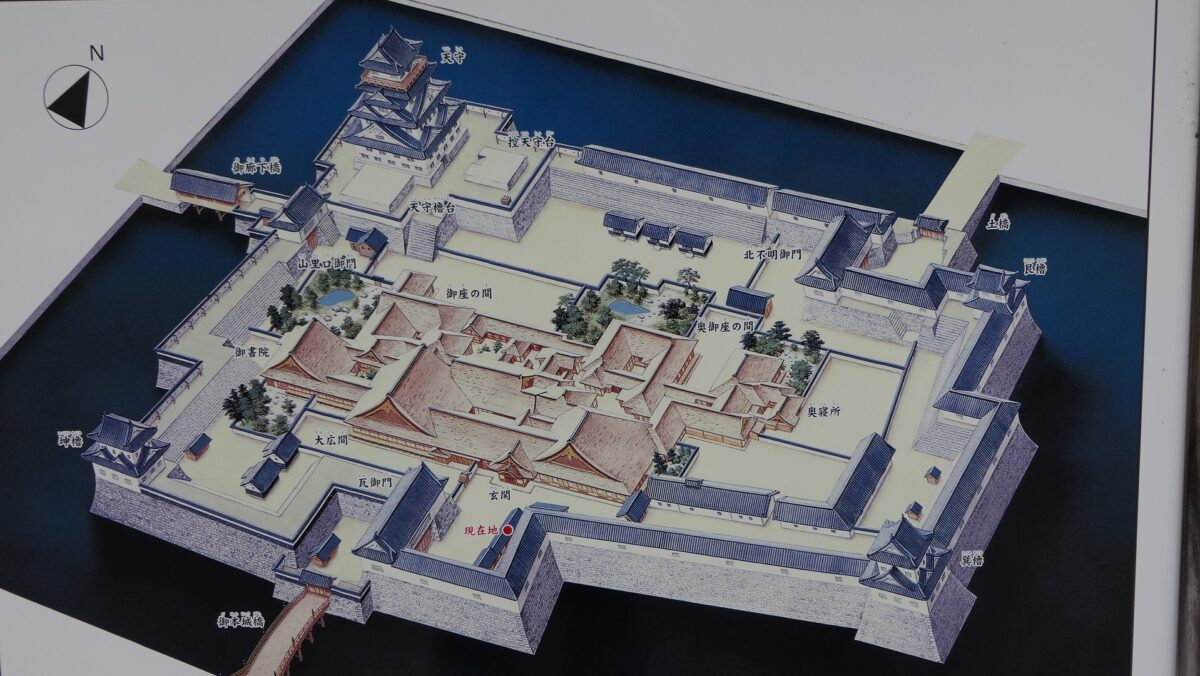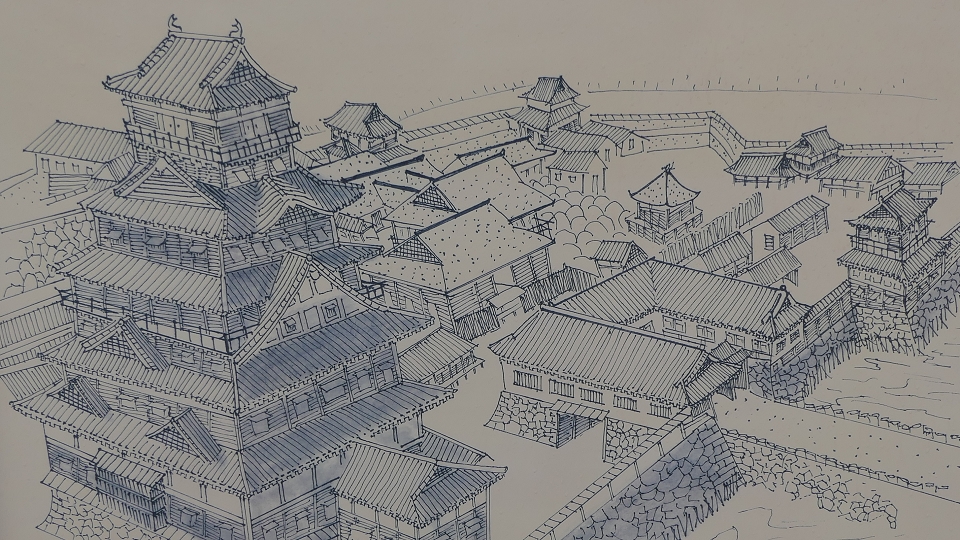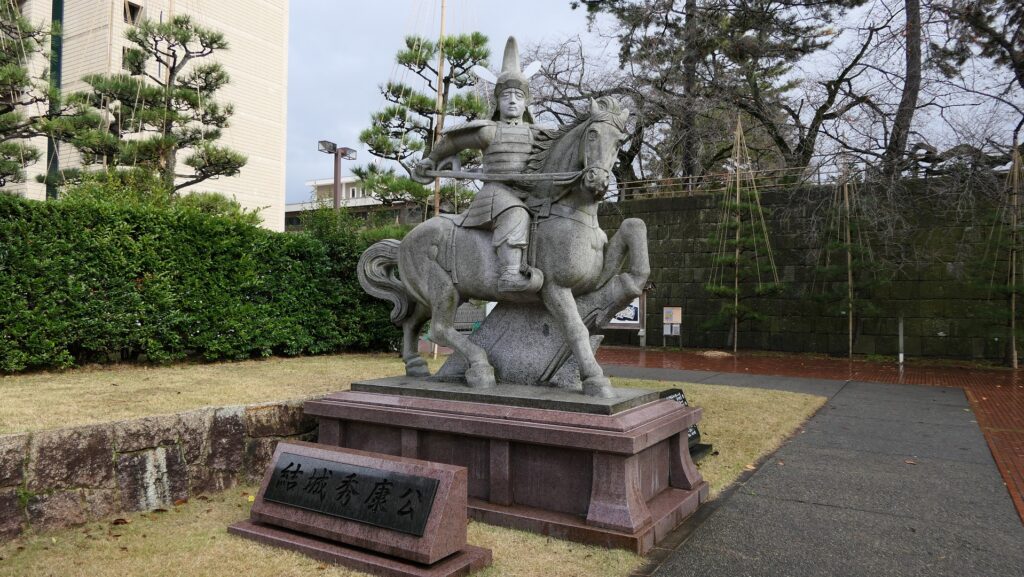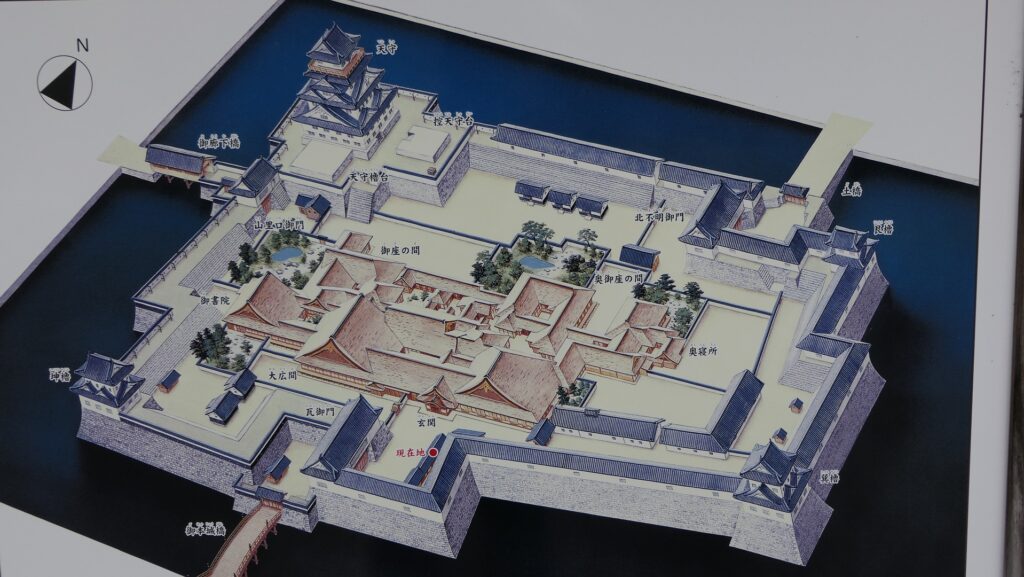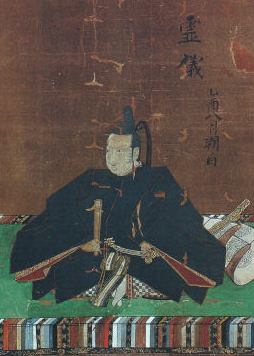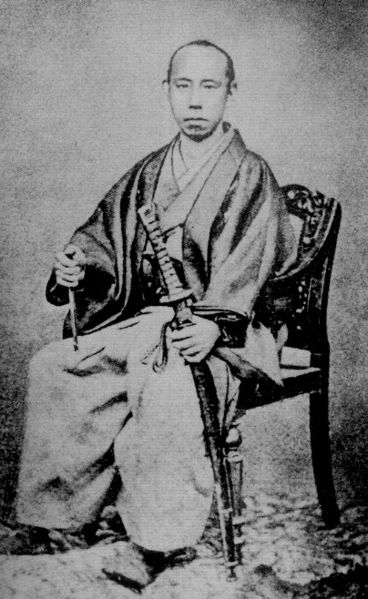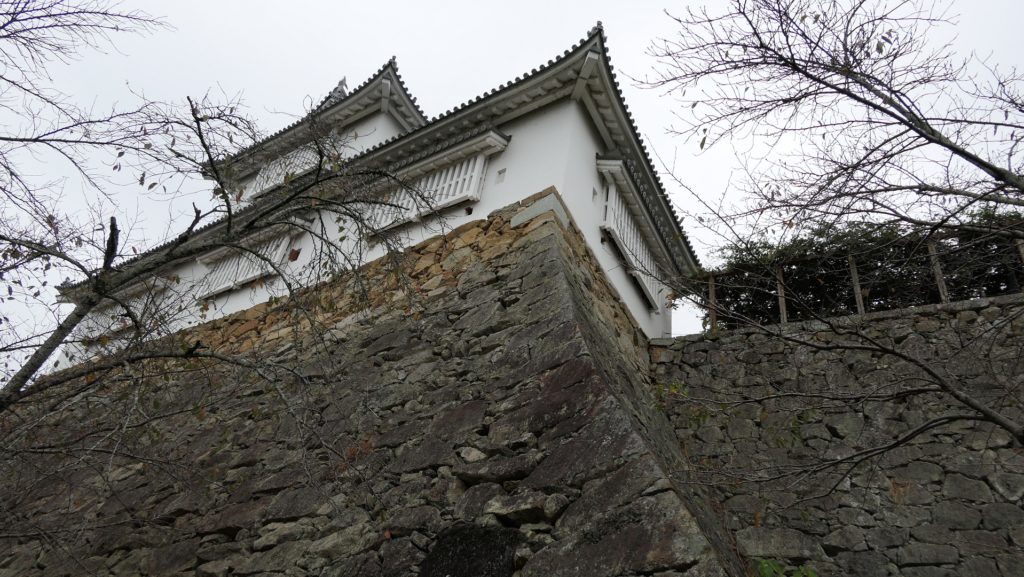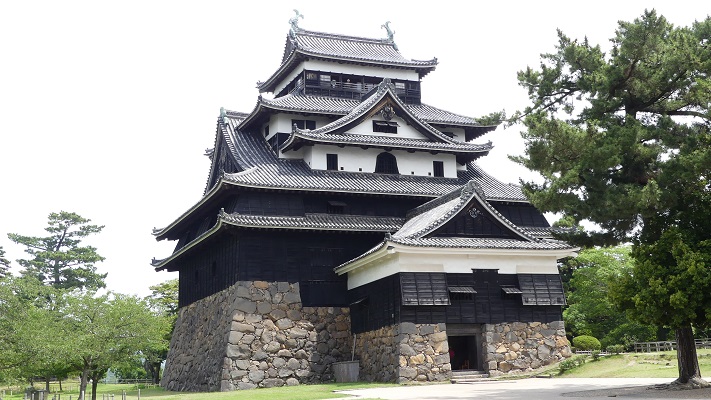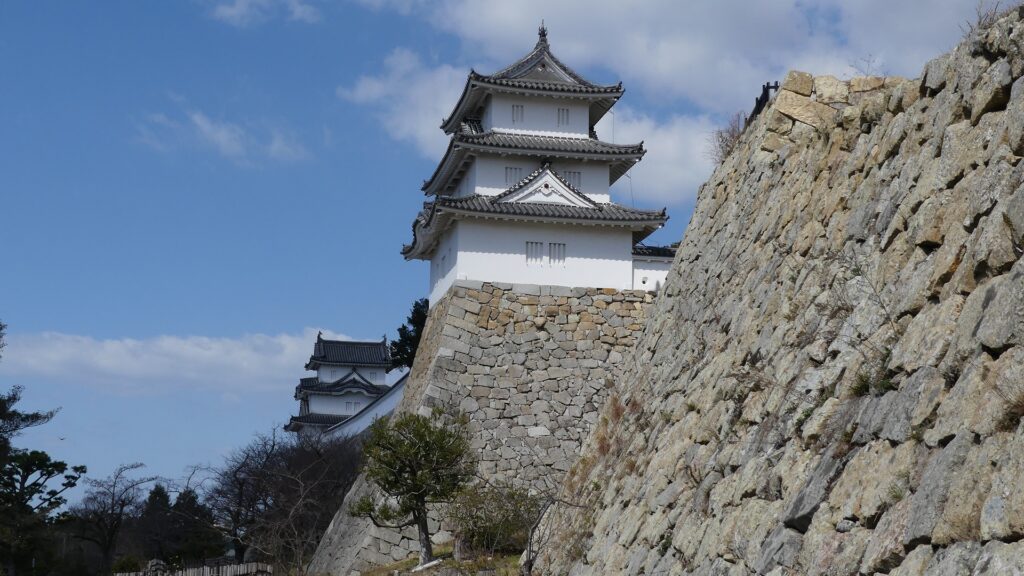Location and History
A castle built against Hideyoshi Hashiba
Genbao Castle was located on the border between Echizen and Omi Provinces, which are modern day Fukui and Shiga Prefectures. It was built by Katsuie Shibata who owned Echizen Province when the Battle of Shizugatake happened in 1583. After the ruler, Nobunaga Oda died in the Honnoji Incident in 1582, his senior vassals, Katsuie and Hideyohsi Hashiba argued against each other over the initiative. Hideyoshi invaded the northern Omi Province, which Katsuie had owned, and started to build many battle castles near the border of Echizen Province which was the home base of Katsuie. Katsuie also confronted Hideyoshi by building his own battle castles around the border. Genbao Castle was the center of these battle castles and Katsuie’s stronghold. Part of its name Genba comes from an official post.”Genba” is the name given to warriors who are highly respected, but it is uncertain whose official name it came from.
The location of the castle

Enclosures on Mountain Top
The castle was built on the top of Nakauchio Mountain which was 445m high and also the border. It was also able to control the road over a mountain pass between the provinces, called Tone-toge near the castle. The enclosures of the castle were built on the top of the ridge from the north to the south. The front of the castle was open to the south, the mountain pass and Omi Province where Hideyoshi invaded. Because of that, the southern side of the castle was strongly protected with two enclosures in line. On the other hand, the northern side had the largest enclosure which was used as a military post. The Main Enclosure was the center of the castle, where Katsuie probably lived. It had a Main Tower or large turret, and attached three projecting small enclosures called Umadashi or Overhang for defense.
The relief map around the castle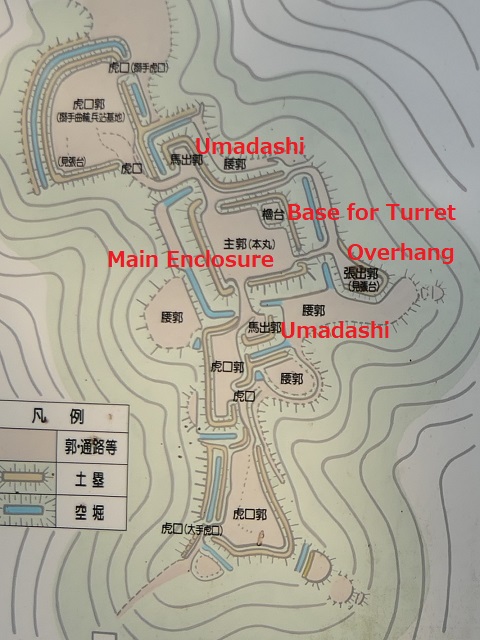
Sakuma Morimasa’s offensive vs Hideyoshi’s counterattack
On the 16th of April 1583, Katsuie’s ally, Nobutaka Oda fought an army at Gifu Castle in Mino Province against Hideyoshi. Hideyoshi went to Mino Province to crush it on April 17th. Katsuie thought it was a good opportunity to attack Hideyoshi’s side. Morimasa Sakuma, who worked under Katsuie, moved onward to capture some of Hideyoshi’s battle castles on April 19th. However, that was Hideyoshi’s trap. Morimasa succeeded in capturing a battle castle, and wanted to get one more called Shizugatake Fortress. Then, Hideyoshi immediately got back to his original position and counterattacked Morimasa on April 20th. Katsuie and Morimasa were finally defeated by Hideyoshi. An old biography about Hideyoshi called Hoan Taikoki, published in 1626 by Hoan Oze, says Morimasa’s reckless actions caused his destruction although Katsuie advised him to withdraw after his first attack. Many Japanese people have believed it for a very long time.
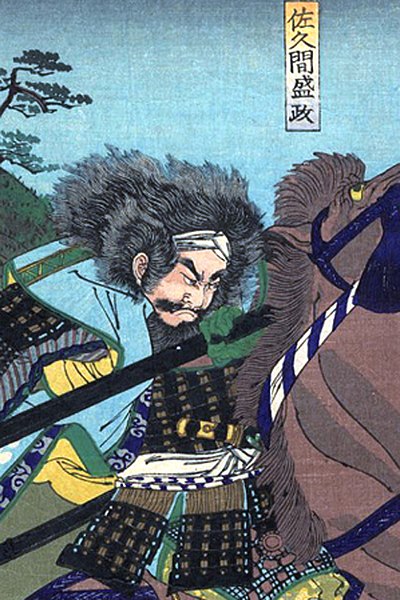
Is Most Important Factor Toshiie Maeda’s withdrawal?
Recent studies show Morimasa’s actions were not critical. Toshiie Maeda, another ally of Katsuie, who would be a great lord after Hideyoshi became the ruler, eventually withdrew without Katsuie’s permission at the same time as Hideyoshi’s counterattack. It was the decisive trigger for Hideyoshi’s victory and Katsuie’s lost. Why didn’t Hoan describe this most important factor? The answer is that Hoan was a dependent of the Maeda Clan. The action of Toshiie Maeda, the founder of the clan, was probably promised to Hideyoshi, but later people would think it was a betrayal. It was thought Hoan was not able to record this fact which may be a shame of Maeda, therefore he blamed another person for the lost. Genbao Castle was strong, but was meant to work closely with other battle castles. Katsuie had to withdraw from the castle without a battle when his ally gave up on the duty.
